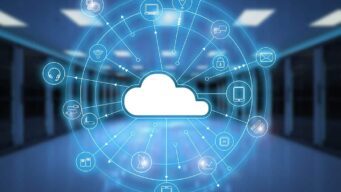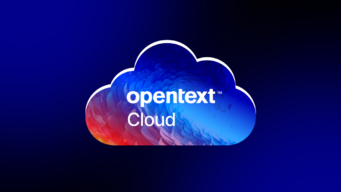Upgrading a major software application can be challenging. Many factors come into play, including budget issues, downtime, upskilling staff, and addressing software and automation dependencies. If you are trying to decide on whether or not to upgrade your enterprise software or to replace legacy software that no longer has solid value, this post is for you.
The drawbacks of technical debt
“Technical debt” is the cost to an organization of leaving some technical inadequacy unchecked. Older software is harder to get support for when it breaks but can also impact your organization due to security gaps, unpatched product issues, and restrict your opportunity to use architectures, features, and integrations available in the latest versions. Technical debt often manifests itself as opportunity lost in the best case, and risky in extreme situations. According to Ardoq, 91% of CTOs believe technical debt is their biggest challenge, and on average, nearly 70% of organizations view technical debt as having a high impact on their ability to innovate.
When considering a modernization project to address technical debt associated with your older OpenText™ software, here are some considerations:
- Security and compliance risks: How significantly does the older software expose the organization to security breaches and regulatory non-compliance?
- Business efficiency and impact: How much is the older software hindering productivity, innovation, and competitive edge? For example, opportunities to leverage generative AI, system adoption and productivity improvements from a modern and responsive UI.
- Total cost of ownership (TCO): What are the long-term costs of maintaining the old system versus the investment in modernization? This includes options for engaging OpenText to run the system as a managed service in either on-premises or cloud.
- Technical compatibility and scalability: Does the older software limit integration with modern systems and the ability to scale for future growth? For example, opportunities to integrate OpenText with your business applications by configuring productized integrations rather than custom code. Is it limiting opportunities for improved scaling and compute resource management which is possible via the latest architectures leveraging containerization.
- Strategic alignment and future-proofing: Does staying on the older version align with long-term goals, and will modernization position the organization for future success?
Modernize to address technical debt
Get some expert help to assess your current situation and chart a path forward including timing and scope. These are key steps for modernization:
- Plan: Define the scope by assessing the current system and strategizing for improvements, prioritizing critical updates to align with business goals.
- Build: Execute the modernization plan by implementing upgrades, integrating new features, and rigorously testing to ensure seamless functionality and data integrity.
- Run: Deploy the modernized software, continuously monitor performance, and establish a maintenance plan to optimize and adapt to future needs.
Talk to our Professional Services experts about modernization assessments to support your planning.
Learn more about OpenText Upgrade AssessmentsHear about Titanium X (CE 25.2), the latest upgrade from OpenText



